Featured
 ‘Nobody Wants White Kids to Feel Bad About Their Race.’ By Conor Friedersdorf / The Atlantic
‘Nobody Wants White Kids to Feel Bad About Their Race.’ By Conor Friedersdorf / The Atlantic
The children’s-book author Anastasia Higginbotham and I disagree about how to teach young Americans about police killings and racism. Anastasia higginbotham is the author of Ordinary Terrible Things, a widely praised children’s-book series that aims to address difficult subjects head on. In a recent article, I questioned whether her book Not My Idea—which is now being used in public-school curricula for young children—was appropriate for kindergartners.
Not My Idea begins with a white child seeing footage of a police officer murdering a Black man on television and the child’s mother trying to shield her from the images. At times, I thought that it crossed the line from education into indoctrination. Higginbotham, to put it mildly, disagreed with my criticism. “I am not saying this is indicative of your character or beliefs in any way—you clearly believe and affirm that Black lives matter,” she declared to me in an email. “I am asserting that indoctrination into whiteness and anti-Blackness is evident in your framing.” Read more
Related: The Miseducation of White Children. By Elie Mystal / The Nation
Related: Georgia Board of Education Votes to Censor American History. By George Chidi / The Intercept
Related: What Students Are Saying About Race and Racism in America. By Nicole Daniels / NYT
Political / Social
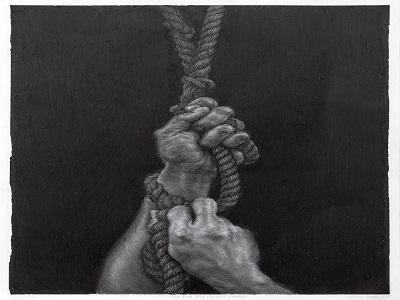 A Year After America’s Racial Reckoning, Little Has Changed. By Janell Ross / Time
A Year After America’s Racial Reckoning, Little Has Changed. By Janell Ross / Time
In 1937, the Carnegie Corporation hired a Swedish man to unravel an American quandary. The foundation had a history of funding initiatives to help the disadvantaged; in the U.S., where enslavement was only 72 years gone, the disadvantaged were disproportionately Black. The issue was often described as, simply, “the Negro Problem.” But while it was clear that the problem existed, it was also obvious how difficult it was to solve. And so the foundation brought in economist, sociologist and future Nobel Prize winner Gunnar Myrdal to gather information to guide its programs. Myrdal did much more. Almost seven years later, he produced a two-volume study he dubbed An American Dilemma, exploring, in statistical detail, the evidence of the great American lie—the gap between the nation’s ideals and its racial reality. Read more
 The hate crawling back out into the open. By Colbert I. King / Wash Post
The hate crawling back out into the open. By Colbert I. King / Wash Post
I share K.P.’s message and others in unredacted form because — in their smoldering anger, hate and resentment — they inform the spirit of the state-instigated insurrection that launched a full assault on our democracy. It needs to be seen in all its ugliness. “Maybe if you could just get niggers to quit being niggers? NAH … Niggers will never go for that! It requires WORK and no nigger on God’s Earth wants to work — they want to continue to be the generational societal leeches that are all they can ever be, because of the nigger culture! Time to ship all AFRITRASH back to AFRICA!!!!!” Read more
 Biden’s Tulsa speech offers a powerful rebuke to the GOP’s whitewash of history. By Max Boot / Wash Post
Biden’s Tulsa speech offers a powerful rebuke to the GOP’s whitewash of history. By Max Boot / Wash Post
Every Republican — should listen to Biden’s entire speech, but, to my mind, this was the most important part: “For much too long the history of what took place here was told in silence, cloaked in darkness. But just because history is silent, it doesn’t mean that it did not take place. And while darkness can hide much, it erases nothing, it erases nothing. Some injustices are so heinous, so horrific, so grievous they can’t be buried no matter how hard people try …. Only with truth can come healing, and justice, and repair, only with truth, facing it. … We can’t just choose to learn what we want to know and not what we should know. We should know the good, the bad, everything. That’s what great nations do. They come to terms with their dark sides. And we’re a great nation. The only way to build a common ground is to truly repair and to rebuild.” Read more
 What if America’s future looks more like Florida than California? By James Hohmann / Wash Post
What if America’s future looks more like Florida than California? By James Hohmann / Wash Post
Demography is not always destiny. Many Democrats incorrectly assumed their coalition would dominate national politics once Hispanics became a large enough share of the electorate, just as the party has in California over the past generation. But what if America’s future looks more like Florida than California? Twice as many Floridians voted in 2020 than 2000 — and the increase in numbers was accompanied by an unexpected shift in the composition of the voters. “The electorate in that time became substantially less white and more Republican,” said GOP strategist Curt Anderson, who helped elect Sen. Rick Scott (R-Fla.) as Florida’s governor and then to the Senate in 2018. Read more
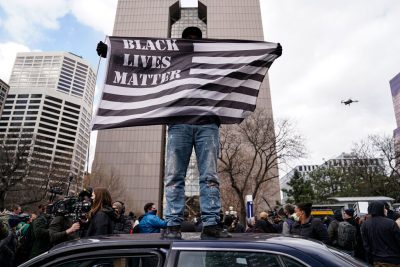 Black Lives Matter Has Grown More Powerful, and More Divided.
Black Lives Matter Has Grown More Powerful, and More Divided.
With more than 30 million people infected and 550,000 dead, the U.S. is among the nations hardest hit by the COVID-19 pandemic. From job loss to housing insecurity to mental distress, the social, psychological and economic hardships brought on by the pandemic are extensive and likely to outlast the pandemic itself. To better understand the breadth and depth of the pandemic’s impact on American lives, I worked with colleagues at the USC Dornsife Center for Economic and Social Research to develop an index of “pandemic misery.” We found that though few U.S. residents have survived the pandemic unscathed, hardship isn’t equally distributed across groups. Read more
 Medical Journals Blind to Racism as Health Crisis, Critics Say.
Medical Journals Blind to Racism as Health Crisis, Critics Say.
Historical / Cultural
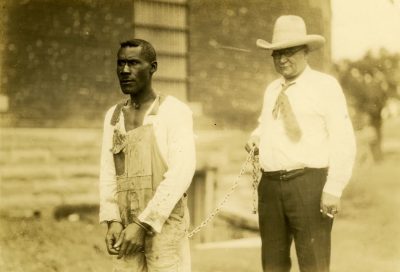 In Texas, a struggle to memorialize a brutal lynching as resistance grows to teaching historical racism. By Sydney Trent / Wash Post
In Texas, a struggle to memorialize a brutal lynching as resistance grows to teaching historical racism. By Sydney Trent / Wash Post
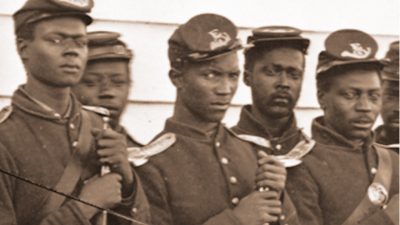 One of the Earliest Memorial Day Ceremonies Was Held by Freed African Americans. Dave Ross / History
One of the Earliest Memorial Day Ceremonies Was Held by Freed African Americans. Dave Ross / History
Several towns and cities across America claim to have observed their own earlier versions of Memorial Day or “Decoration Day” as early as 1866. (The earlier name is derived from the fact that decorating graves was and remains a central activity of Memorial Day.) But it wasn’t until a remarkable discovery in a dusty Harvard University archive the late 1990s that historians learned about a Memorial Day commemoration organized by a group of Black people freed from enslavement less than a month after the Confederacy surrendered in 1865. Read more
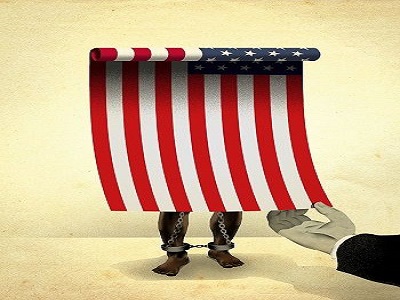 Germany faced its horrible past. Can we do the same? By Michele L. Norris / Wash Post
Germany faced its horrible past. Can we do the same? By Michele L. Norris / Wash Post
The United States does not yet have the stomach to look over its shoulder and stare directly at the evil on which this great country stands. That is why slavery is not well taught in our schools. That is why the battle flag of the army that tried to divide and conquer our country is still manufactured, sold and displayed with defiant pride. The United States is not the only country with an evil antecedent that was swept aside, forgotten or minimally examined. That list is long, but one country offers a powerful alternative path. Barely three generations ago, Germany hosted horrors that killed millions and left the nation split in two. This was not a legacy that most Germans were inclined to honor. And yet, today, less than 100 years after the rise of Adolf Hitler, Germany has made a prodigious effort to come to terms with its past with regularized rituals of repentance and understanding. Must read
 How America Remembers— and Distorts — Its Slavery Past. By Julian Lucas / NYT
How America Remembers— and Distorts — Its Slavery Past. By Julian Lucas / NYT
Never getting lost in his story’s many thickets, Smith confidently interleaves the history of American slavery with his subjects’ varied relationships to the institution’s evolving legacy. (We learn, for instance, that the myth of Black Confederate officers originated in the 1970s, as part of a propaganda campaign to safeguard the S.C.V.’s reputation.) At Monticello, Niya Bates, then the site’s director of African American history, tells him that she decided to enter her field after identifying relatives in a photo of the servants at another local plantation that she visited on a school trip and realizing that Black Virginians had been excluded from decisions about the exhibition of their own heritage. Read more
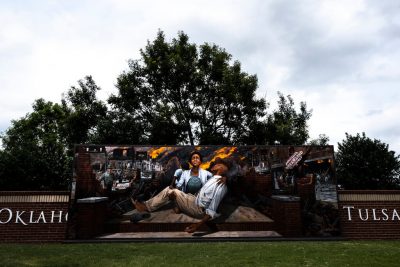 Greenwood Rising Links Tulsa’s Tragic History to Today’s Struggles. By Holland Cotter / NYT
Greenwood Rising Links Tulsa’s Tragic History to Today’s Struggles. By Holland Cotter / NYT
Here in Tulsa, another museum-as-monument has just been added to the count. Called Greenwood Rising, it’s devoted to three nested narratives: the long story of racial violence in the United States; the story of a Black community that, for a time, managed to avoid that violence; and the story of what happened when that violence finally descended. The work of the New York City-based design firm Local Projects and Selser Schaefer Architects, Greenwood Rising is set in the center of the still existing North Tulsa neighborhood. The artist Michael Rosato created a Black Wall Street mural depicting the 1921 Tulsa Race Massacre opposite the Greenwood Cultural Center. Read more
 Native American tribe in Maine buys back island taken 160 years ago. By Alice Hutton / The Guardian
Native American tribe in Maine buys back island taken 160 years ago. By Alice Hutton / The Guardian
Kuwesuwi Monihq, or Pine Island, is its original name, and it technically has just one true “caretaker”; the Passamaquoddy: a small tribe of 3,700 Native Americans who had lived there for at least 10,000 years. In 1794 it was officially granted to the tribe by Massachusetts for their service during the revolutionary war. But after 1820, when Maine became its own state, colonialists changed its title, voiding the treaty. In the 1851 census there were 20 Passamaquoddy living there, in 1861 there were none. In March, with a grant from conservation charities, the tribe raised $355,000, and finally bought the island back. Read more
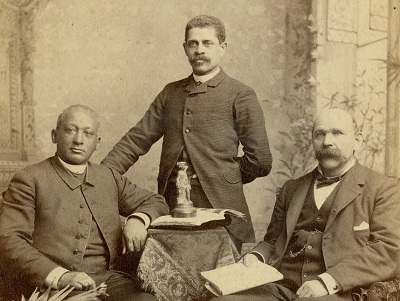 The Black Hero Behind One of the Greatest Supreme Court Justices. By Peter S. Canellos / Politico
The Black Hero Behind One of the Greatest Supreme Court Justices. By Peter S. Canellos / Politico
Before John Marshall Harlan became the sole judicial defender of Black rights of his time, he had a close association with a powerful Black leader who grew up enslaved in his home. Together, they showed how respect could transcend barriers and point a path to freedom. Robert Harlan (seated on the right) with Bishop Arnett (founder of Payne Theological Seminary in Wilberforce and seated on the left) and Jere Brown (brother of Hallie Q. Brown who is standing). All three were in the Ohio General Assembly at one point and worked to repeal many of Ohio’s Black Codes. Read more
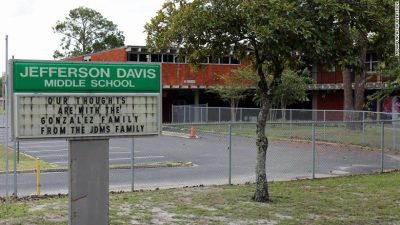 A Florida school board is renaming middle and high schools honoring Confederate leaders. By Alaa Elassar / CNN
A Florida school board is renaming middle and high schools honoring Confederate leaders. By Alaa Elassar / CNN
A school board in Florida has voted to rename six of its schools named after Confederate leaders after community members demanded the change. After debating the issue for a year, the Duval County School Board in Jacksonville approved on Tuesday the district’s recommendations to strip and replace the names. The schools to be renamed are Joseph Finegan Elementary School, Stonewall Jackson Elementary School, J.E.B. Stuart Middle School, Kirby-Smith Middle School, Jefferson Davis Middle School and Robert E. Lee High School. Read more
 Tom Hanks says movies and TV shows must ‘portray the burden of racism.’ By Rob Picheta / CNN
Tom Hanks says movies and TV shows must ‘portray the burden of racism.’ By Rob Picheta / CNN
Award-winning actor Tom Hanks has urged filmmakers to tackle racism more often, suggesting that Black history and the societal impact of racism is underrepresented in the entertainment industry and the American education system. In an op-ed for the New York Times Friday, days after the 100th anniversary of the Tulsa race massacre, Hanks wrote that history is “mostly written by white people about white people like me, while the history of Black people — including the horrors of Tulsa — was too often left out.” “Until relatively recently, the entertainment industry, which helps shape what is history and what is forgotten, did the same. That includes projects of mine,” he added. Read more
 ‘In the Heights’ is more than a movie to its cast. It’s a celebration of Latinas throughout history. By Candice Frederick / Wash Post
‘In the Heights’ is more than a movie to its cast. It’s a celebration of Latinas throughout history. By Candice Frederick / Wash Post
There’s a beating heart within every frame of “In the Heights,” the film adaptation of Quiara Alegría Hudes and Lin-Manuel Miranda’s Tony-winning musical directed by Jon M. Chu. “In the Heights,” a story written out of a yearning to expand the images of Latin people while celebrating their cultural journeys, bridges both the past and present for a promising future that would please the ancestors — showing that it can not only be accomplished but that it is necessary. Read more
Sports
 NFL to halt ‘race-norming,’ review Black claims in $1 billion concussion settlement. By AP and ESPN
NFL to halt ‘race-norming,’ review Black claims in $1 billion concussion settlement. By AP and ESPN
The NFL on Wednesday pledged to halt the use of “race-norming” — which assumed Black players started out with lower cognitive functioning — in the $1 billion settlement of brain injury claims and to review past scores for any potential race bias. The practice had made it harder for Black players to show a deficit and qualify for an award. The standards were designed in medicine in the 1990s in hopes of offering more appropriate treatment to dementia patients, but critics faulted the way they were used to assess legal damages in the NFL case. Read more
Related: Eric Reid Slams NFL For Using ‘Race-Norming’ To Determine Brain Injury Claim Payouts. / HuffPost
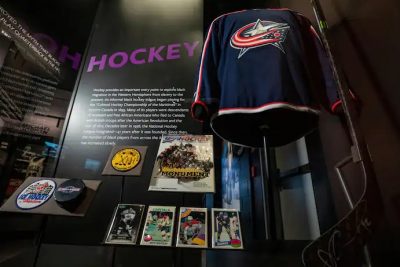 African American history museum adds a hockey exhibit, including a statue of Willie O’Ree. By Scott Allen / Wash Post
African American history museum adds a hockey exhibit, including a statue of Willie O’Ree. By Scott Allen / Wash Post
 Pandemic misery index reveals far-reaching impact of COVID-19 on American lives, especially on Blacks and Latinos. By Kyla Thomas / The Conversation
Pandemic misery index reveals far-reaching impact of COVID-19 on American lives, especially on Blacks and Latinos. By Kyla Thomas / The Conversation Simone Biles In Extreme Slow Motion Is Something Else.
Simone Biles In Extreme Slow Motion Is Something Else.